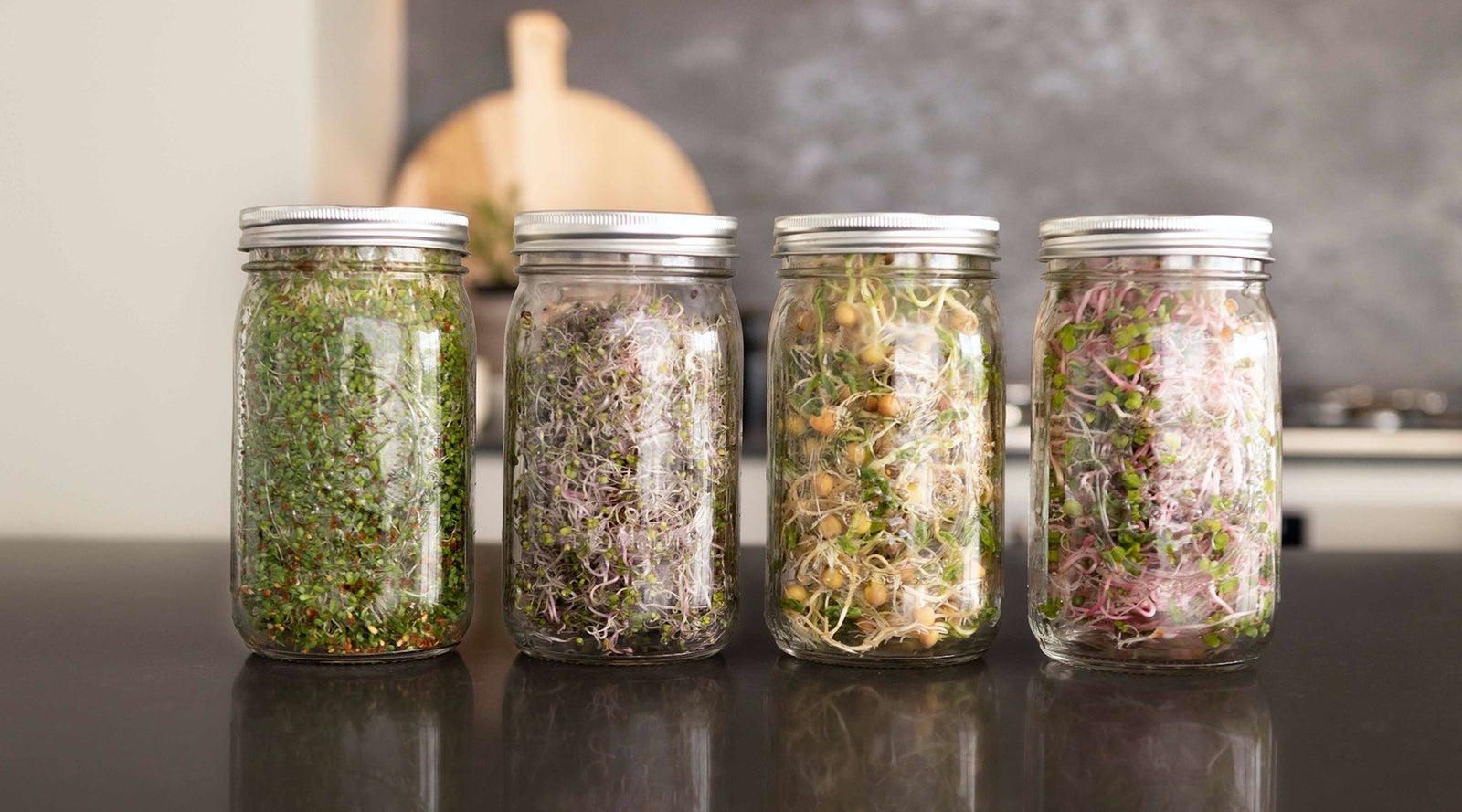Wow what an awesome picture! Thanks so much for sharing and glad its helping you get your plants through the long cold winter!
The product performs as intended, but there is a bit of a learning curve for beginers. It's important to not oversow the tray as seeds will expand after soaking, but even if you presoak seperately the microgreens will grow too densely and increase chance of mould.
The sowing density will vary by species, just something you need to learn through a bit of trial and error. I use distilled water to get started, and move to tap water to finish the microgreens (fresh running water).
Jars with cheese cloth are better for sprouting, just because of the simplicity of it and never having to fiddle with it; but this has grown quality microgreens (Radish China Rose) really well and i'm still experimenting.
The product is great, just be aware there is a learning curve and there are external factors to consider.
Kept seeing this light all over the socials!! It lives up to the hype…plants love it and it looks good!!
Thanks you so much for the review Amanda. Great to hear another happy customer. We love it that you are enjoying your Gathera Sun Bulb !
Yes these are great lights too, we are happy to know your plants are doing well! Thanks for the review!
Very impressed with the sun bulb, I was surprised just how bright it is, hopefully all my plants will be happy, I'm also hoping it will help with the soil mites infestation, highly recommend
Thanks for the kind review and so happy to know you plants are doing well!
My orchids were struggling but after only a couple weeks they are sending out new leaf growth and air shoots. Hoping for great flowering next season. Many Thanks Quick postage. Will be purchasing more.
Awesome !! and we are so happy for you !
Bought this as my office plants weren’t getting enough sun and moving them outside/ beside a small window wasn’t working. I was very happy to find them alive and well after a week away where this lamp provided the only light source
Wow, That looks great! Thank you for your review and Happy growing !
My cucumbers are growing much better now due to these lights! No longer 'leggy' due to stretching for sunlight
Very pleased with the sun shelf. Using it to grow seedlings before transfer outside. Peas, coriander, dill grew so quickly under the sun patch and already moved outdoors. Great to get an early start in our short growing season. Courgettes in the photo waiting for warmer days happily glowing under the sun patch and brightening up my kitchen. Lovely curvy design of the sun patch frame, good quality lights with great adjustability and well directed beam make this fit in really nicely in my home in lots of different places. Delighted it's now possible to grow veg really successfully in small indoor spaces. Love it.














